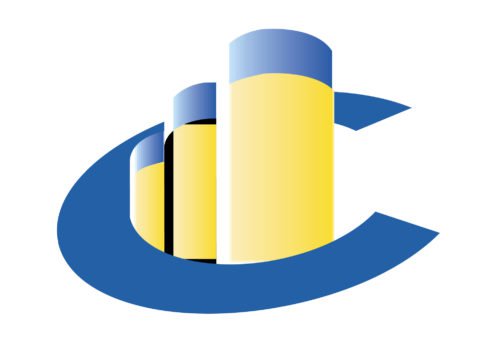Costa Crociere (internationally known as just Costa Cruises) is a Genoa-based Italian cruise company, which belongs to Carnival Corporation & plc. The history of the company started in 1854. Initially, it specialized in cargo ships delivering olive oils and textiles from Sardinia to Liguria.
Meaning and history
The history of Costa Cruises goes back to 1854, when the founder of the future cruise company, Giacomo Costa, was still trading in fabrics and olive oil in the markets of Genoa and Sardinia. His enterprise proved successful, and soon a fleet of transport ships was established to carry goods around the world.
By the beginning of World War II the Giacomo Costa fu Andrea fleet consisted of eight ships. In 1947 Giacomo Costa fu Andrea changed its name to Linea C and for the next three decades became the leading transatlantic shipping company in Europe.
In 1964, Linea C receives its new flagship, the liner Eugenio C, which at the time was called nothing less than “the ship of the future”.And in the late 1960s, the company revolutionized by offering European customers a fly+cruise package for travel around the Caribbean, giving travelers the opportunity to go on short cruises even on the other side of the world.
Linea C changed its name to Costa Cruises in 1986, by which time aviation had all but eliminated sea transport from the transatlantic passenger market, and the new name underscored the company’s cruise orientation.In the second half of the 1990s Costa was the first in Europe to offer winter cruises on the Mediterranean Sea.
The turning point for Costa is 1997 – the company changes its owner (it is bought by the American corporation Carnival), and large-scale work on fleet renewal begins.
Today Costa Cruises, AIDA Cruises and Ibero Cruceros brands are part of Costa Cruises S.p.A., which in turn is part of Carnival Corporation plc. the world leader in the cruise industry since 2003.
What is Costa?
Costa is the largest Italian cruise company, which is number one among the cruise companies in Europe. Costa Crociere S.p.A. is part of the largest cruise holding Carnival Corporation & plc Group and operates three European cruise brands: Costa Cruises, AIDA Cruises and Ibero cruceros.
1994 – 1999

Originally, the emblem consisted of three yellow cylinders with blue tops. The foremost of them bore a small blue letter ‘C’. Next to this emblem, they used to put the full name wordmark in blue serif letters – ‘Costa Crociere’ – in two lines.
1999 – 2021

The following logotype featured an emblem with three yellow cylinders. These had blue tops, and a big ‘C’ letter encircled all of them. Beneath, the designers wrote the word ‘Costa’ in a pleasant, sans-serif style.
2021 – Today

The 2021 logo depicts the familiar ‘C’, which is split in two parts – a big blue bit & a yellow section in the bottom. Below this symbol, we can see the brand name in a usual sans-serif typeface.
Capital “C” emblem
The capital “C” on the funnel has been the distinctive feature of the Costa’s sea fleet for decades. The letter itself is blue, while the funnel is yellow. The top of the funnel is colored black. The “C” is given in a different, simpler, font than that used for the company wordmark.
Font
Although there is a font family bearing the name “Costa”, which looks very similar to the Costa wordmark, they are not exactly the same. Both are contemporary Mediterranean-style typefaces having roots in the softness of Renaissance scripts and purity of Greek capital letters, yet some of the glyphs look different. In fact, the Costa typeface was created for the namesake company, yet the designers who worked on it decided to customize some of the glyphs.
Color
The combination of blue and yellow has been the cruise company’s signature palette for many years. While the use of blue in the Costa logo seems perfectly natural, taking into consideration that it deals with the oceans and seas, yellow may be explained in a variety of ways. For instance, it may be regarded as a symbol of sunshine.











